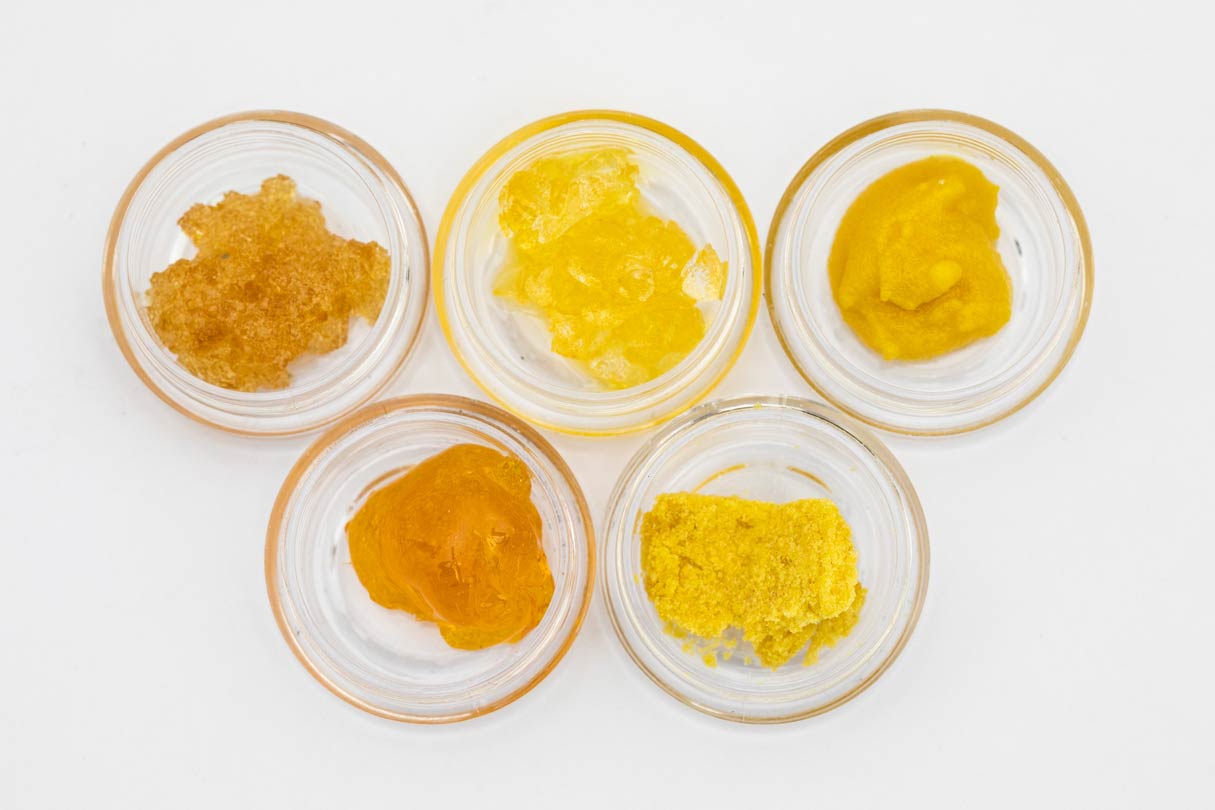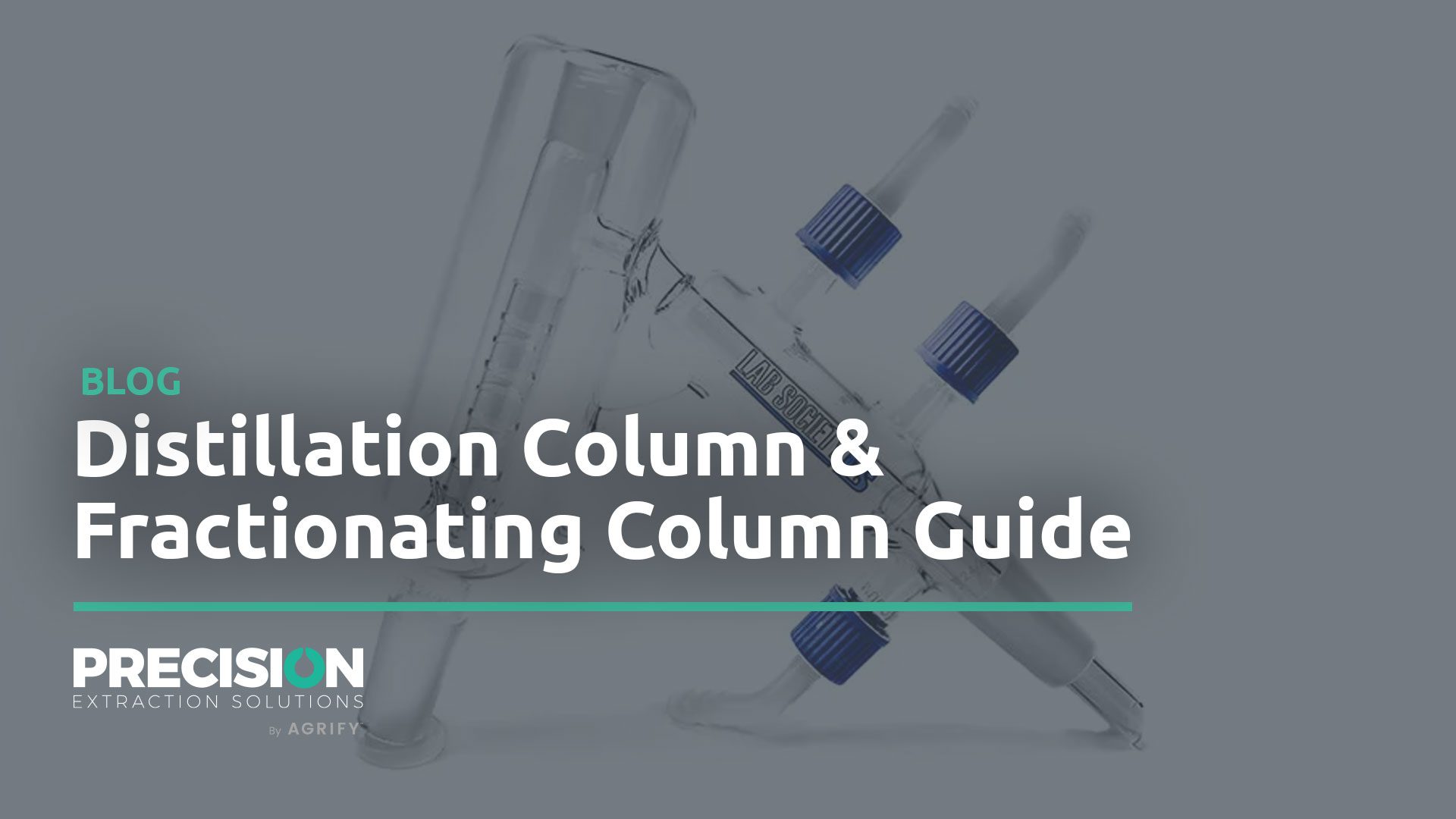
Blast-proofing is key in the face of increasing regulation. Learn more in this article by Nick Tennant, as featured in Marijuana Venture Magazine, October 15, 2015.
Increasing Regulation
When industries thrive, business gets regulated. Depending on where you operate or plan to operate your extraction business, regulation is either here or it’s on the way.
Until recently, the light hydrocarbon extraction industry has been vastly unregulated. This allows business to expand at a rapid pace. With the exceptions of a handful of progressive municipalities, such as Denver and Seattle, most hydrocarbon-based extraction labs currently operate in a gray area when it comes to governmental oversight.
This is all poised to change.
With Denver’s tightly-regulated fire territory, Oregon set to issue its recreational cannabis regulations, California laws due to change, and the Washington Liquor and Cannabis Board tightening extraction rules, the trend points toward more regulation.
In light of the combustible nature of light hydrocarbon solvents (such as butane and propane), it is understandable that regulators are stepping in. It is a matter of safety. Rather than being a casualty to the onslaught of regulation and red tape, businesses can embrace it and come out unscathed.
In an increasingly competitive marketplace, it’s either get on the train, or get off the tracks.
Prepare for the Inevitable
Businesses that are going to operate in a regulated jurisdiction in the next 24 months should consider investing in an engineer peer reviewed (EPR) extraction system that is built to American Society of Mechanical Engineers (ASME) specifications. Without an EPR report, passing inspection could be prove impossible. An EPR report generally can be submitted to either your local fire marshal or city fire engineer directly from the extraction equipment manufacturer. This will be a big proactive step toward streamlining your lab approval process.
In more tightly regulated markets, the trend of the market is moving toward using all Underwriters Laboratories (UL) listed appendages. This means all — yes, all — lab equipment needs to have a UL listing. This includes pumps, ovens, evaporators and everything else that has a plug. UL listings really aren’t that hard of a work-around, and a reputable equipment supplier can talk operators through this without many pitfalls. Liquor board inspectors and fire marshals will be comforted when they see labs outfitted with UL listed and engineer reviewed products.
Once the proper equipment is in place, labs must meet certain codes and operate under certain processes to be compliant.
In North America, a system of classes and divisions has been used for decades as the basis for area classification of hazardous (classified) locations. Because the hazards and methods of protecting electrical equipment vary for different materials, hazardous locations are divided into three classes, and two divisions. The classes are based on the type of hazard and the explosive characteristics of the material. The divisions are based on the occurrence or risk of fire or explosion that the material presents.
As the cannabis industry progresses, most states and municipalities will follow the lead of the more progressive jurisdictions and move toward what is called a Class 1, Division 2 environment (or, in some cases, Division 1).
The Class 1 designation simply means that flammable gases or vapors are readly present in the facility. Division 2 designates that gases are confined to a closed system, while Division 1 designates gases that readily exist under normal operating conditions.
Some people may need to do a Web search to learn the intricacies of the code; however, the bottom line is that it’s neither so difficult nor so costly to navigate after understanding the basics.
The Process
– It all starts with zoning. Businesses need set labs up in the proper location and understand the regulations. Call around to different brokers and municipalities to find property that is right for your company. It would be quite a disaster to move in, and then find out the municipality won’t let extraction labs operate. Here’s an expert tip: buy some remote land in a properly zoned area and construct a low-cost steel building. Fire marshals tend to appreciate this type of business being out of the way and isolated.
– Put together a professional package. Once the location has been selected, start putting together a plan. Pick out equipment and gather cut sheets and EPR reports. Put them together in a presentation packet and make several copies for interested parties and agencies.
– Find an architect and/or industrial hygienist. You’re going to need to find an architect or industrial hygienist who can draft blueprints of your build-out. This is particularly important as they can communicate with the governing regulators and design the lab to the required specifications (Class 1, Division 1 or 2). This type of work is very common in the oil and gas industry, so there can be some added benefit by sourcing a professional with previous work in that field. Combine blueprints and the cut sheet for your equipment and submit them to all proper authorities.
– Get your building permit! It’s time to get to work. You’re going to need a building permit to do so and will need to go through the normal building process of hiring contractors, obtaining permits, certificates of occupancy, etc.
– Install equipment and have final inspections. In some cases, EPR regulations will mandate an installation inspection by the engineer of record. If so, get them in and get the inspection completed. Make sure to schedule them ahead of time because they generally have demanding schedules.
– Apply for an operational permit (if necessary). Some areas will require them, some will not.
Conclusion
The cost involved with setting up a compliant lab can vary substantially. Consider that you’re not building a shopping mall here, just a simple 150-square-foot room to place a light hydrocarbon extractor. Generally, the entirety of the lab (other than the aforementioned “blast area”) does not have to be subject to such fine-toothed scrutiny. Some companies have gotten by with as little as a $5,000 budget to become compliant. Others, have made a much more sizable investment.
All the red tape may seem overwhelming at first glance, but it is rather straightforward once you enlist yourself in the process. If you need help, there are experienced consultants in the business that can help. When done right, your lab can be flowing gold for years to come.








